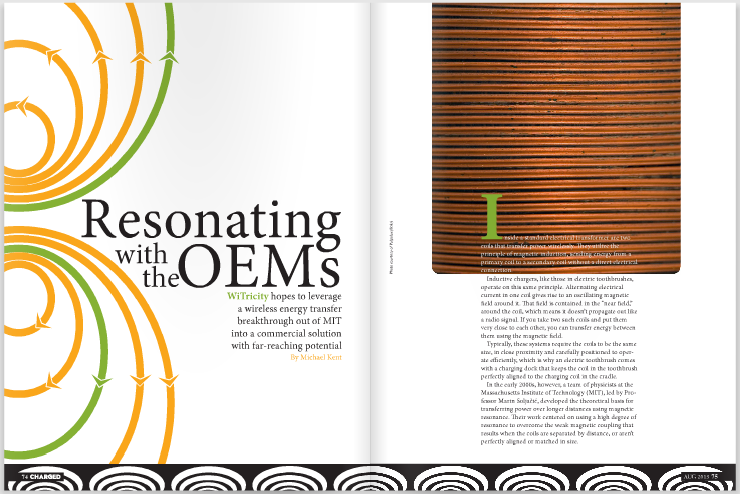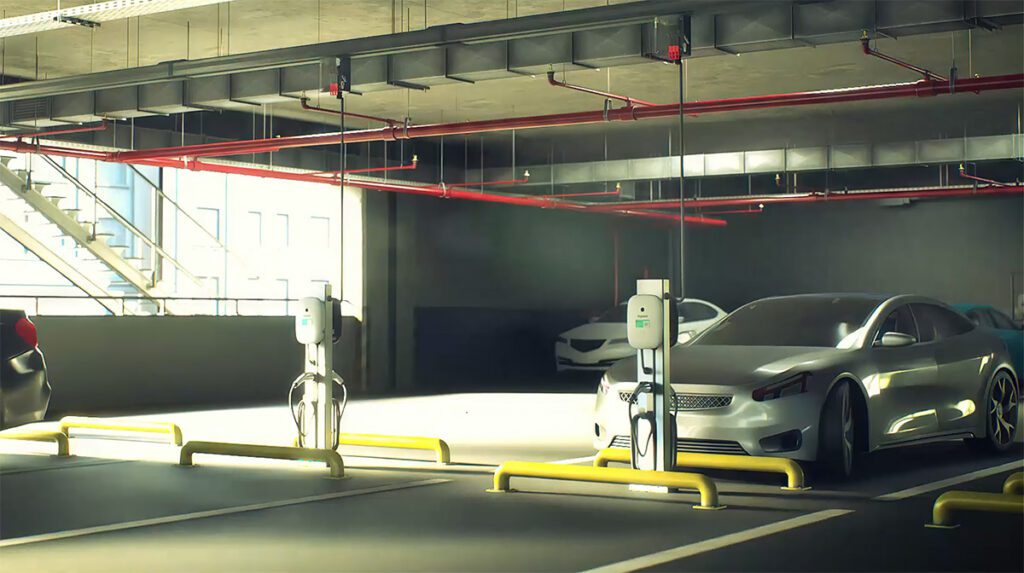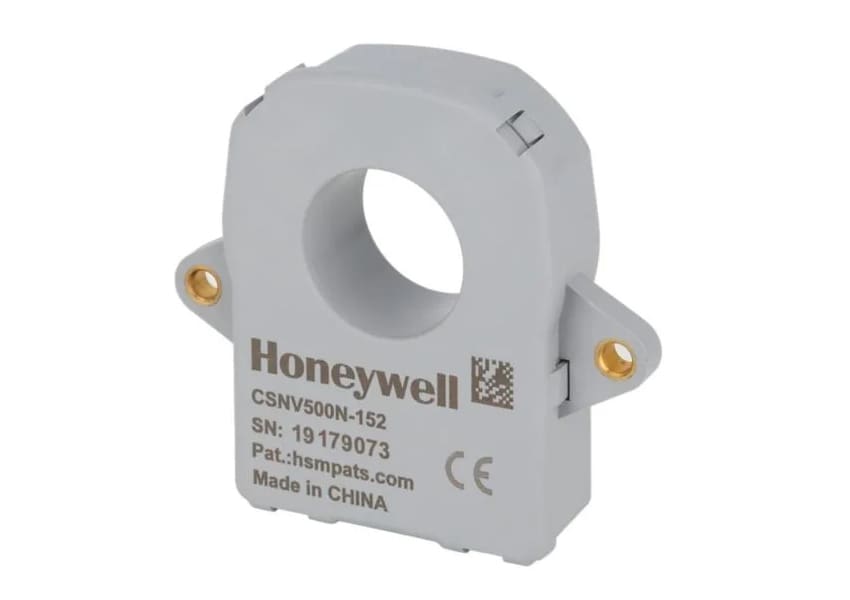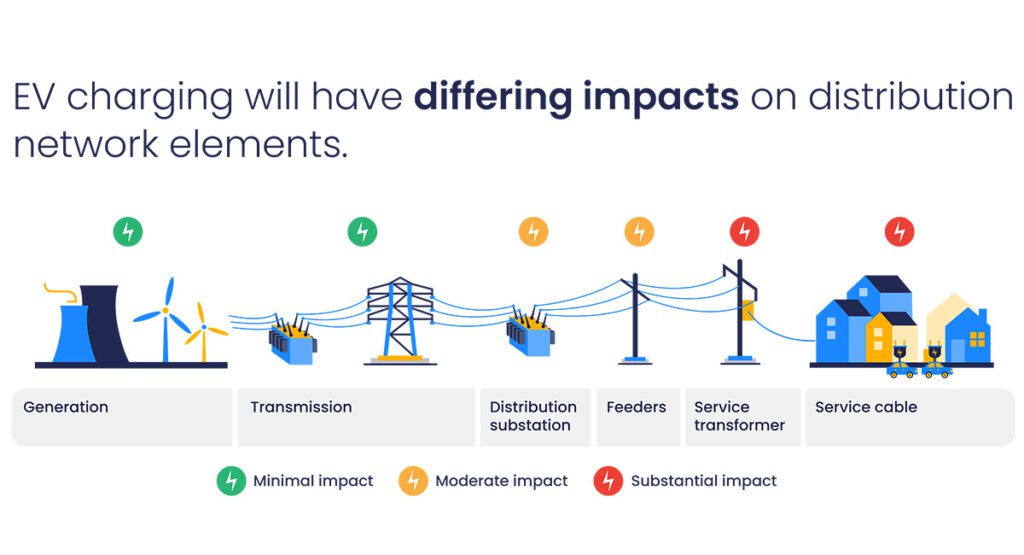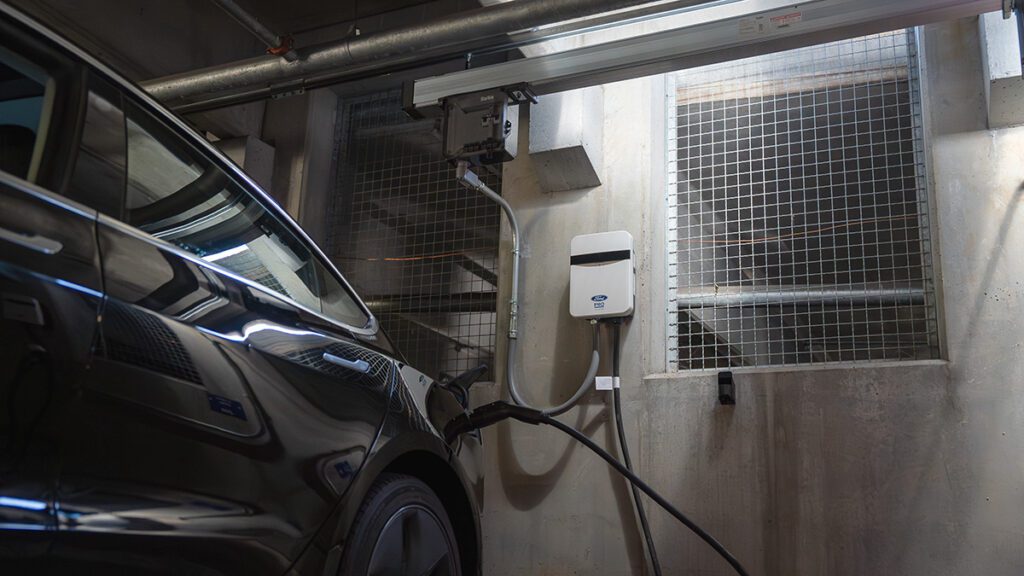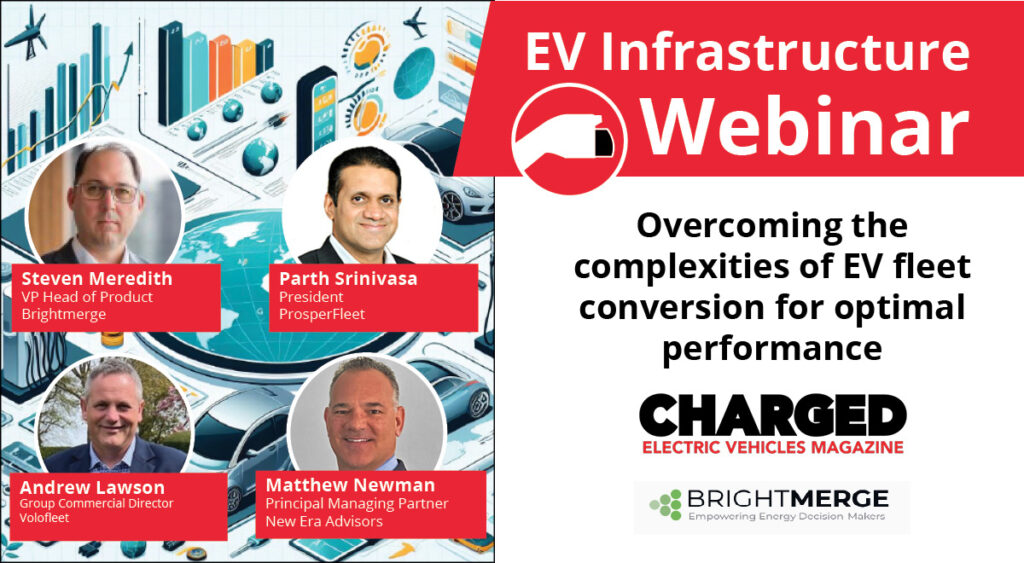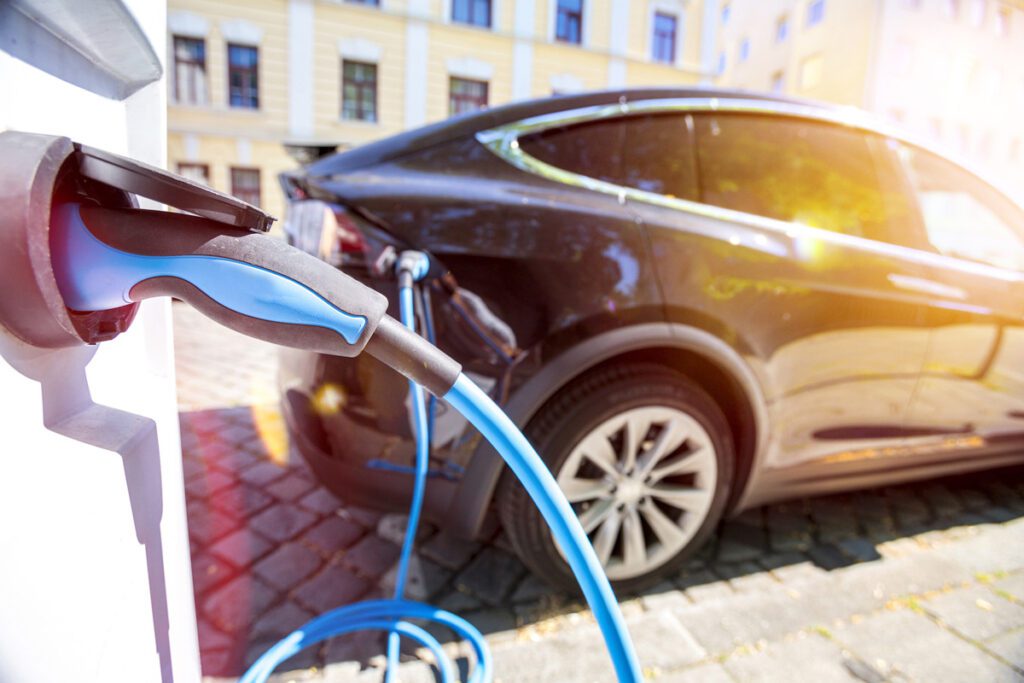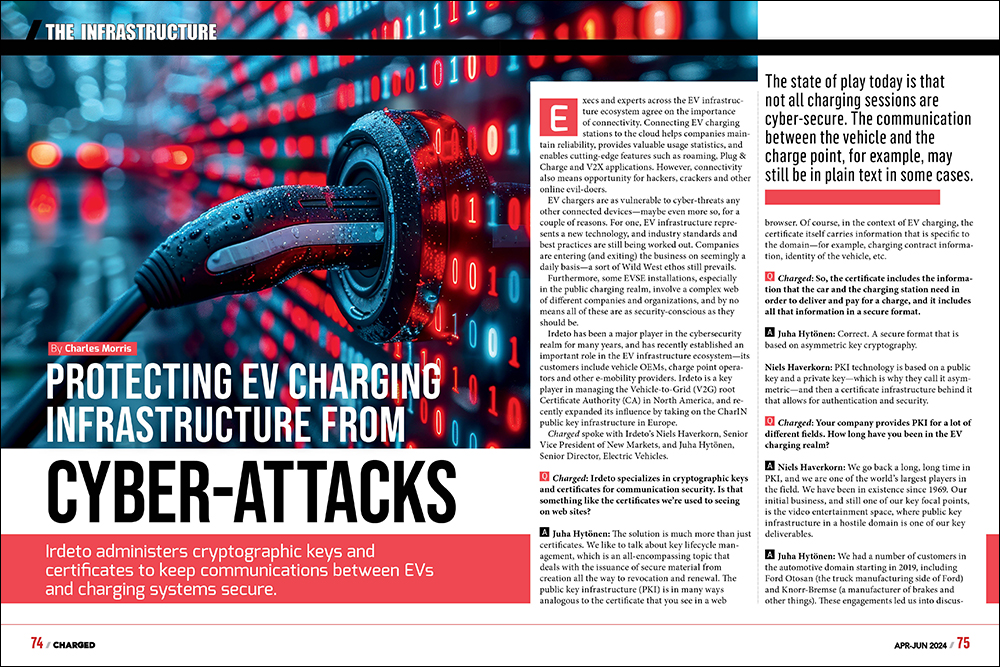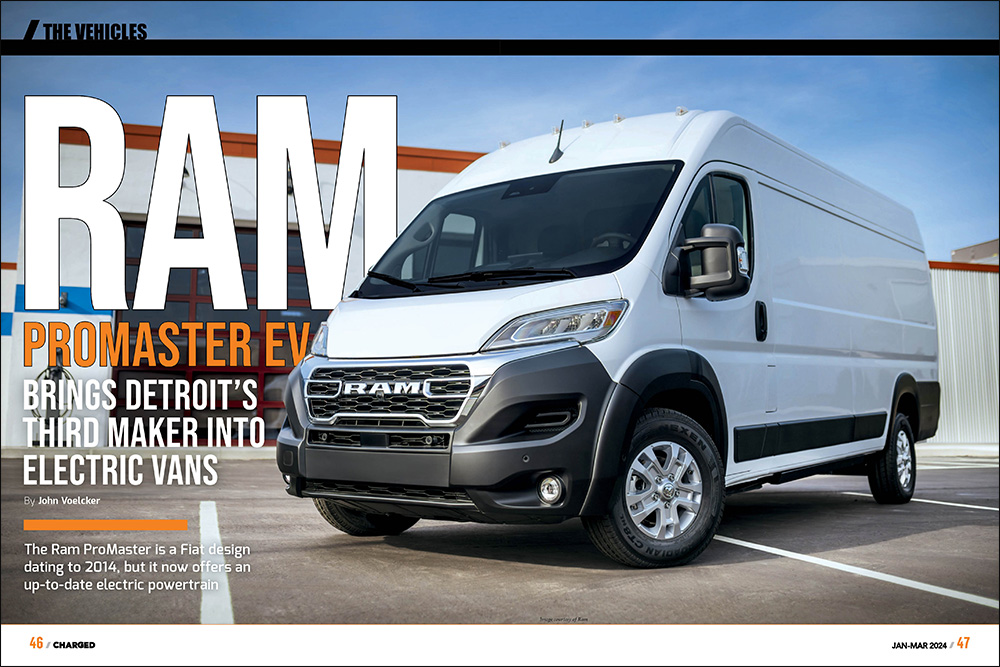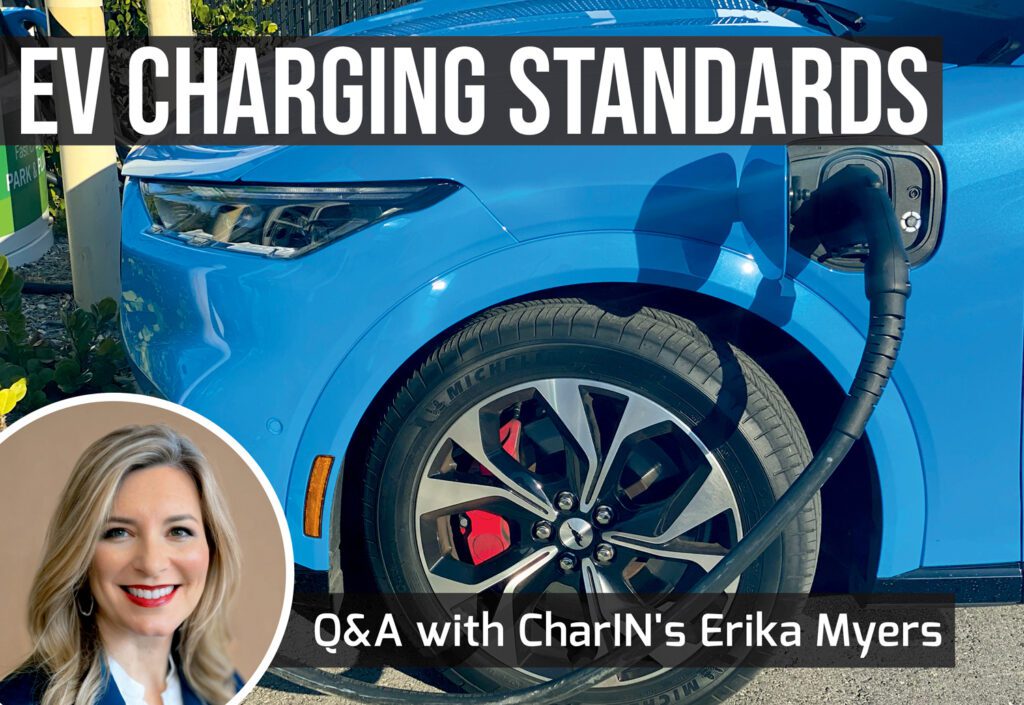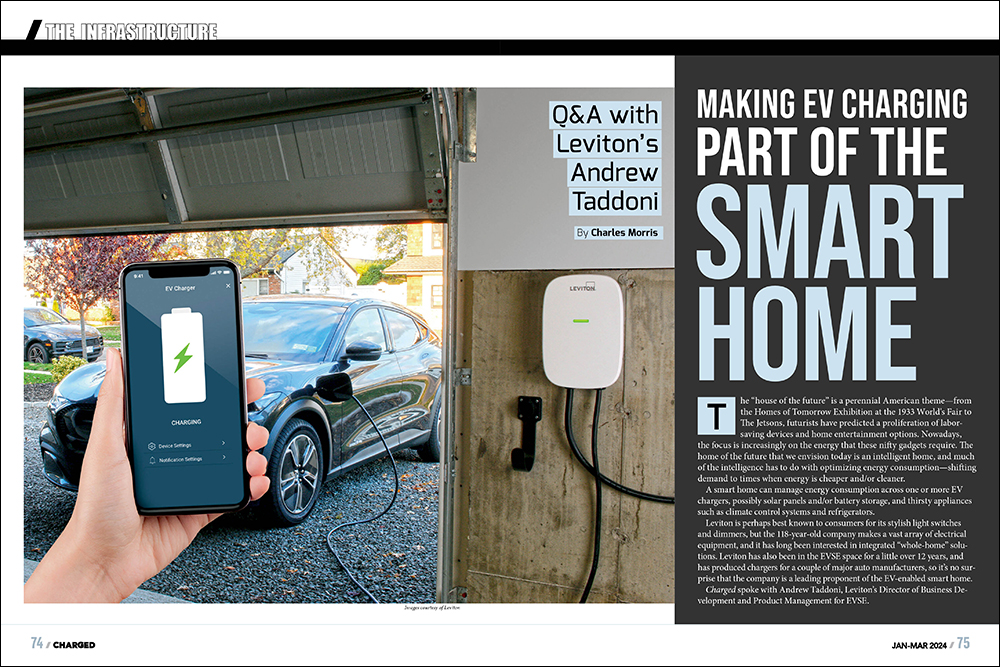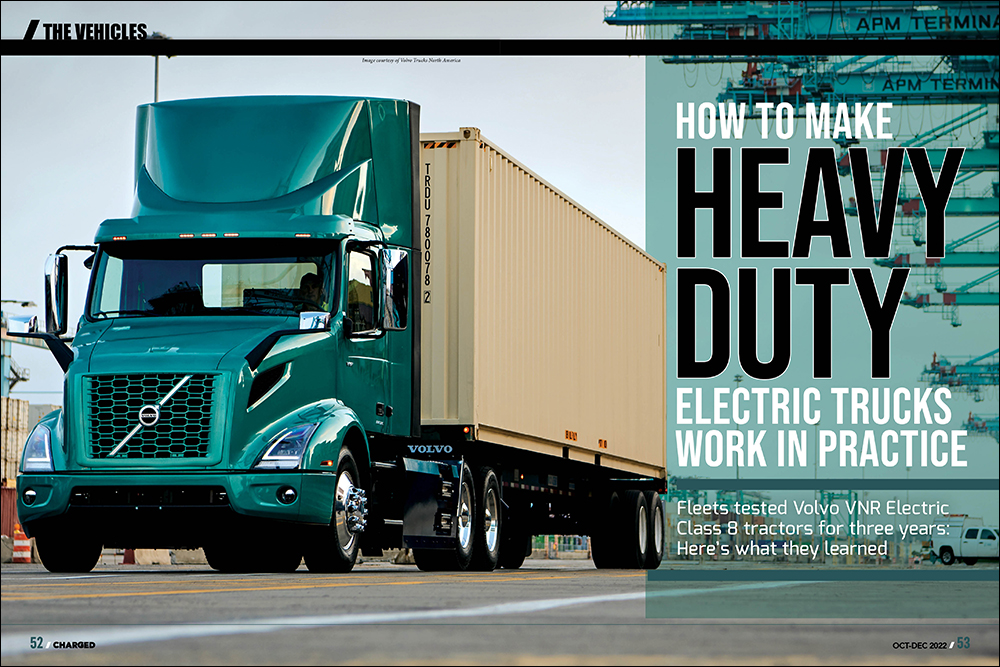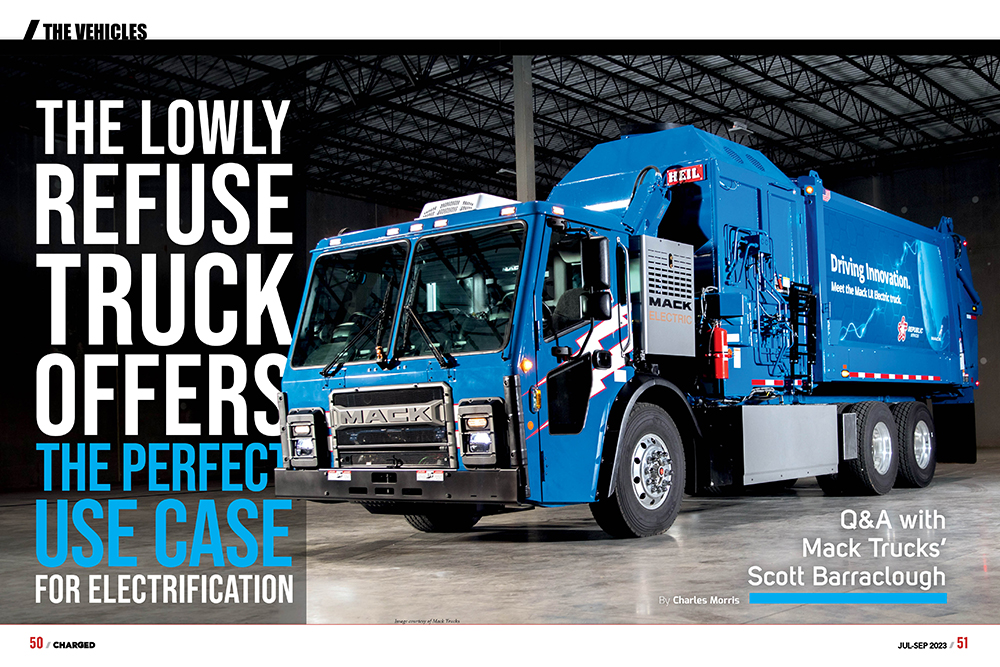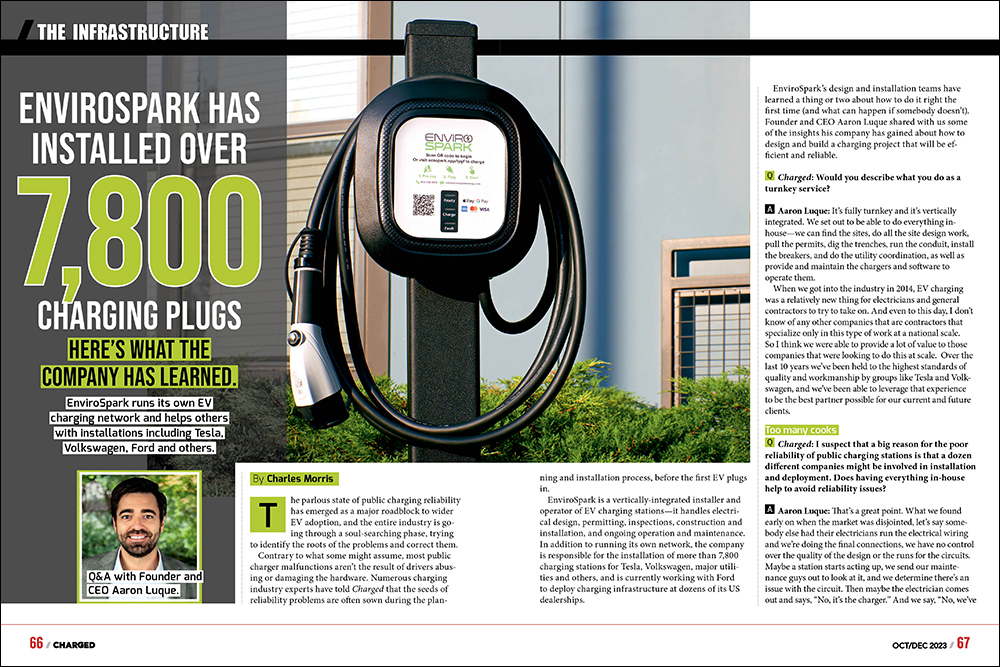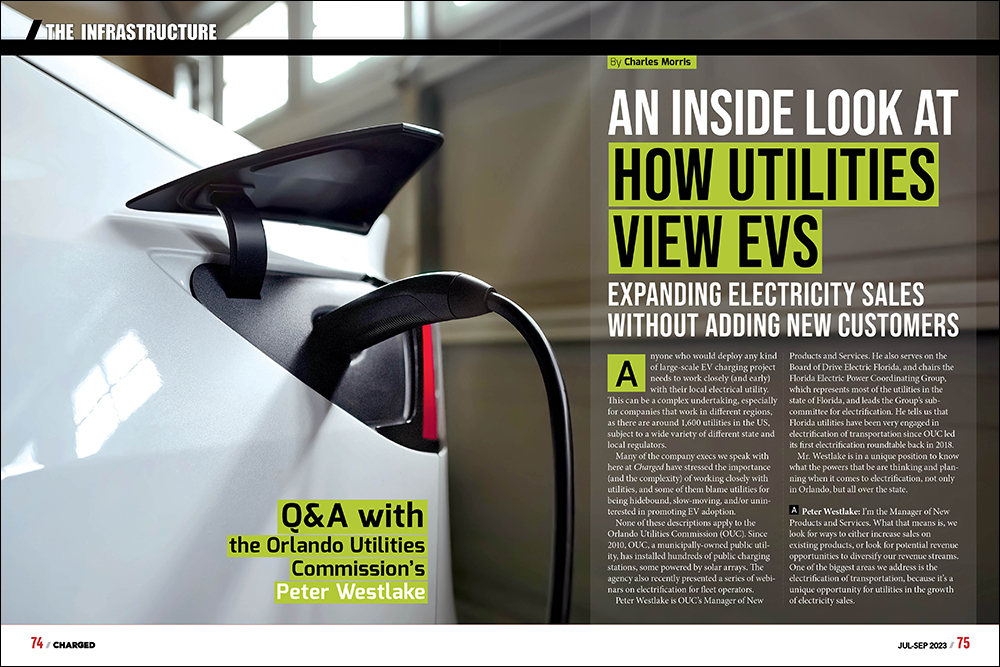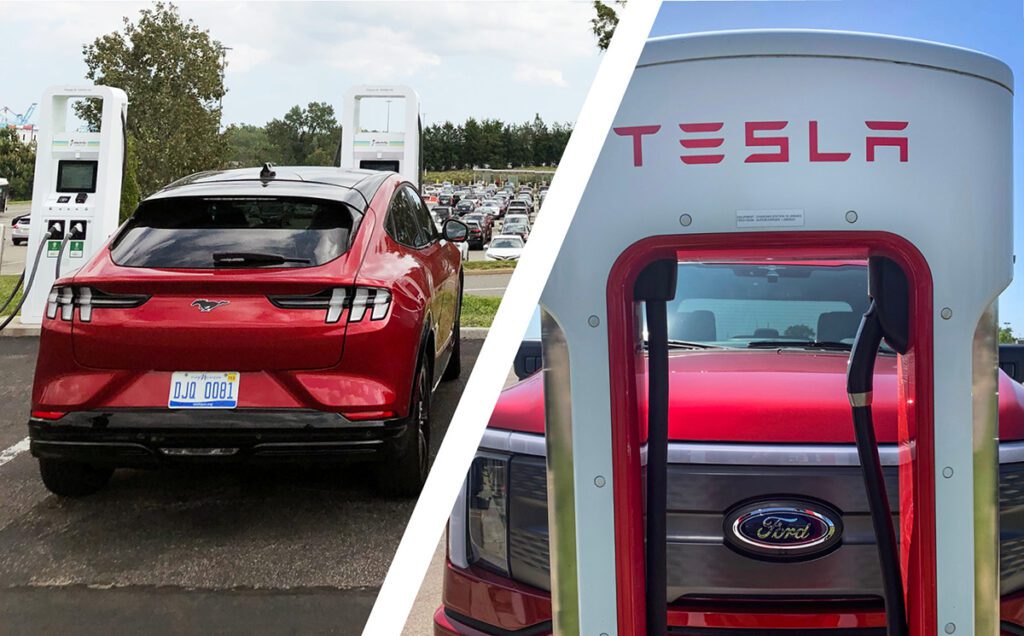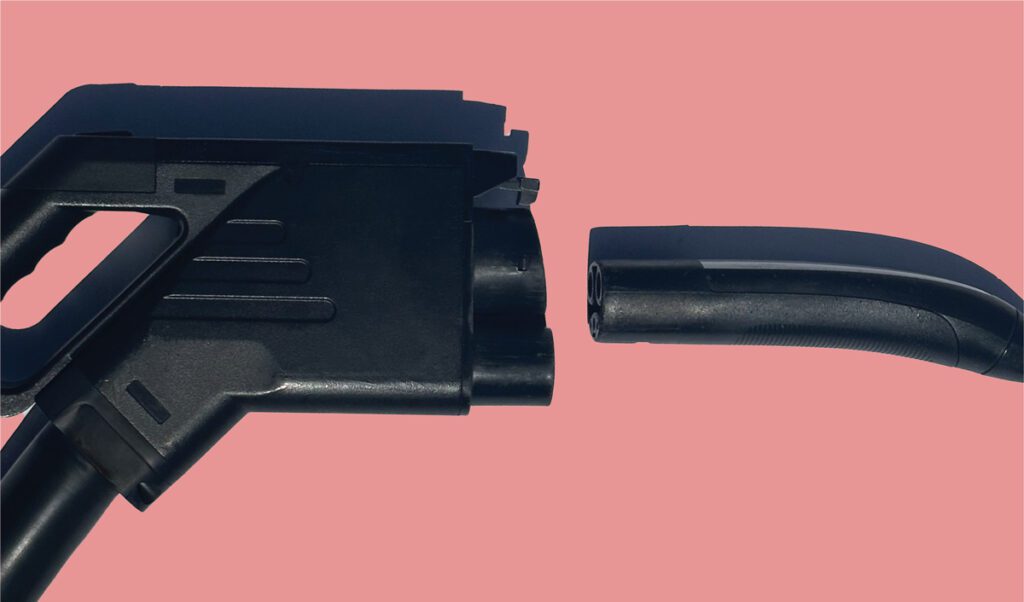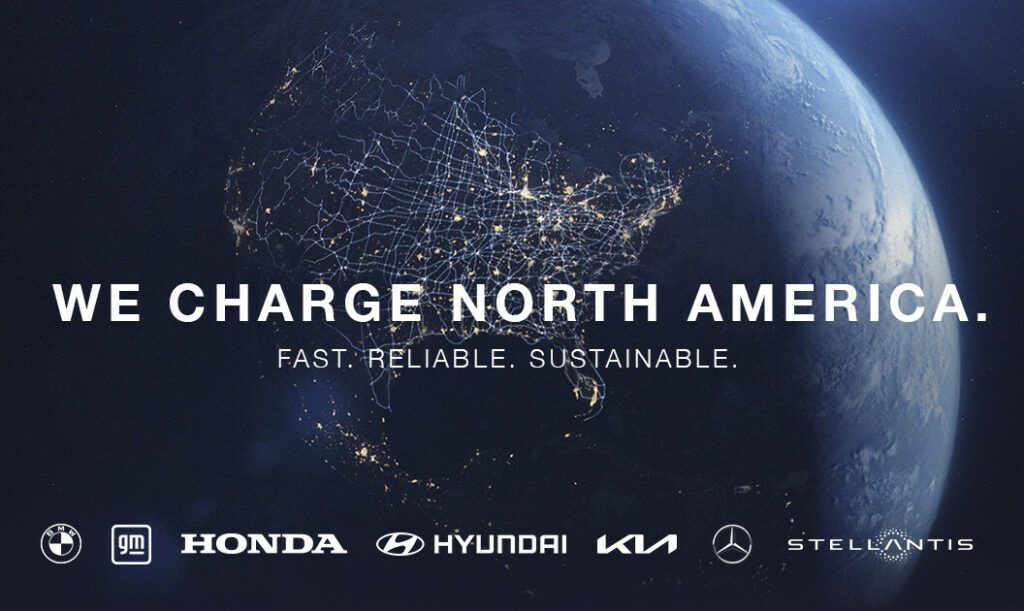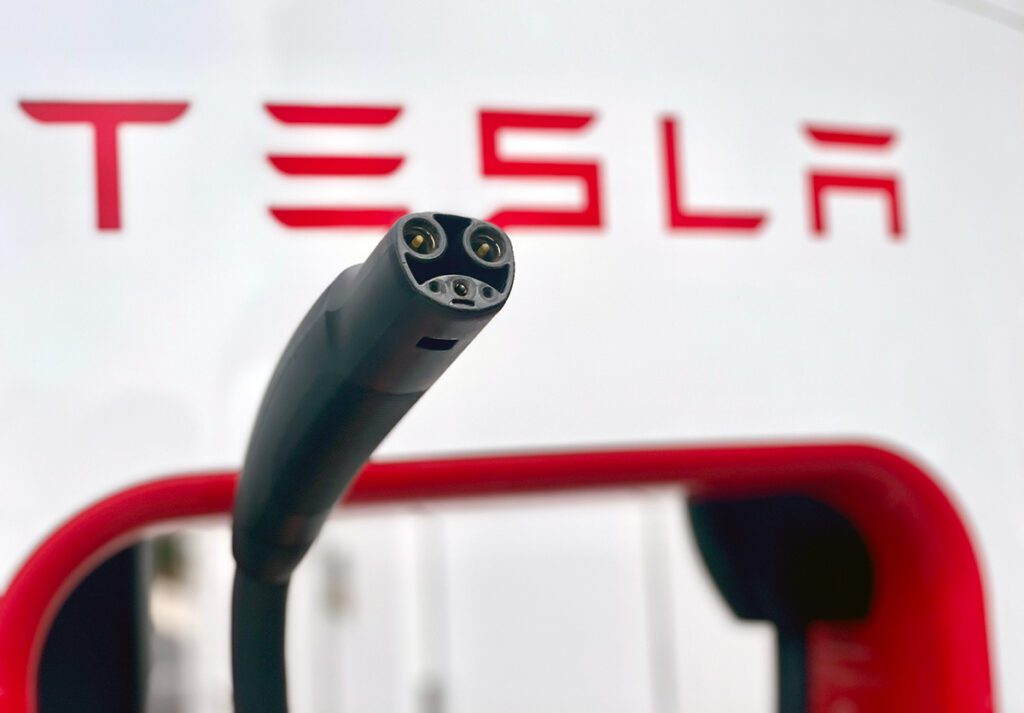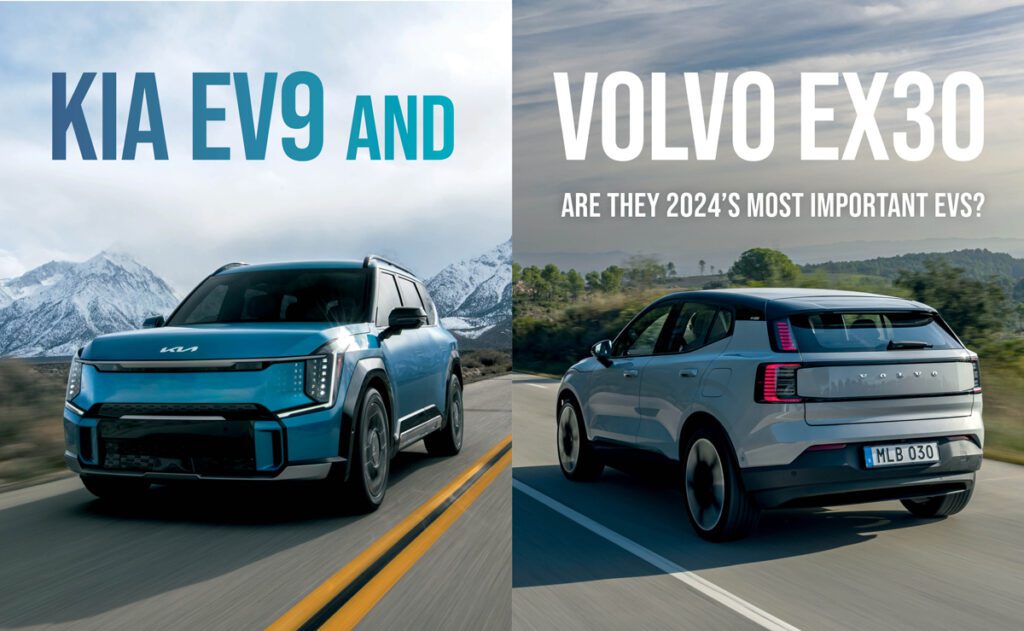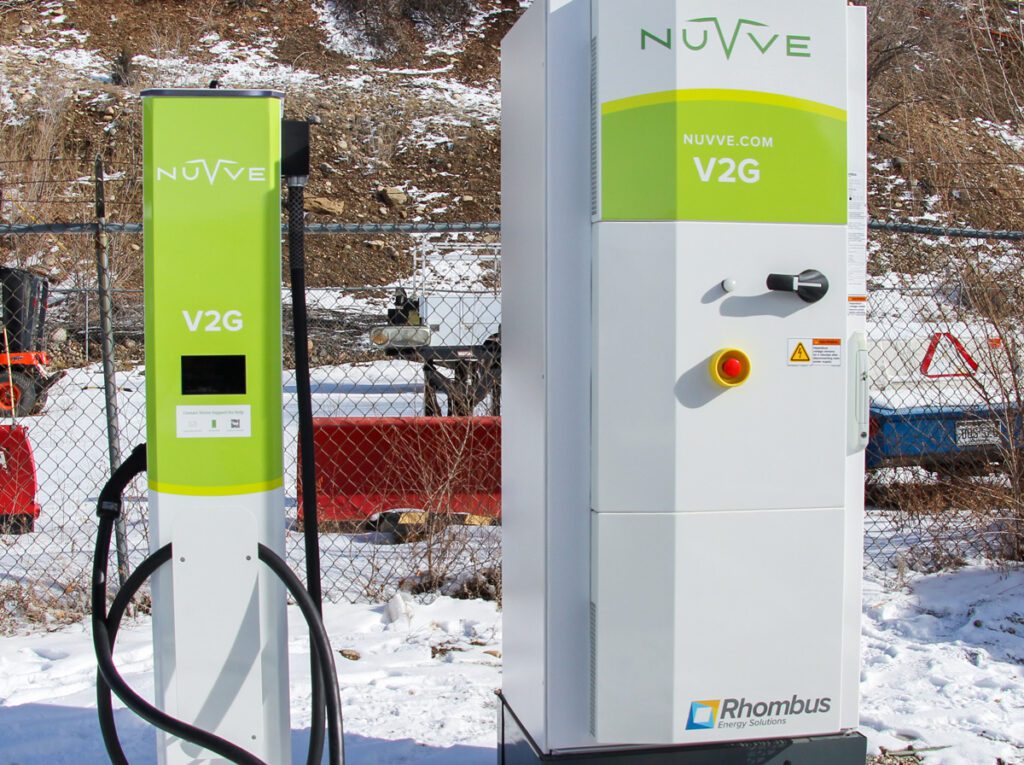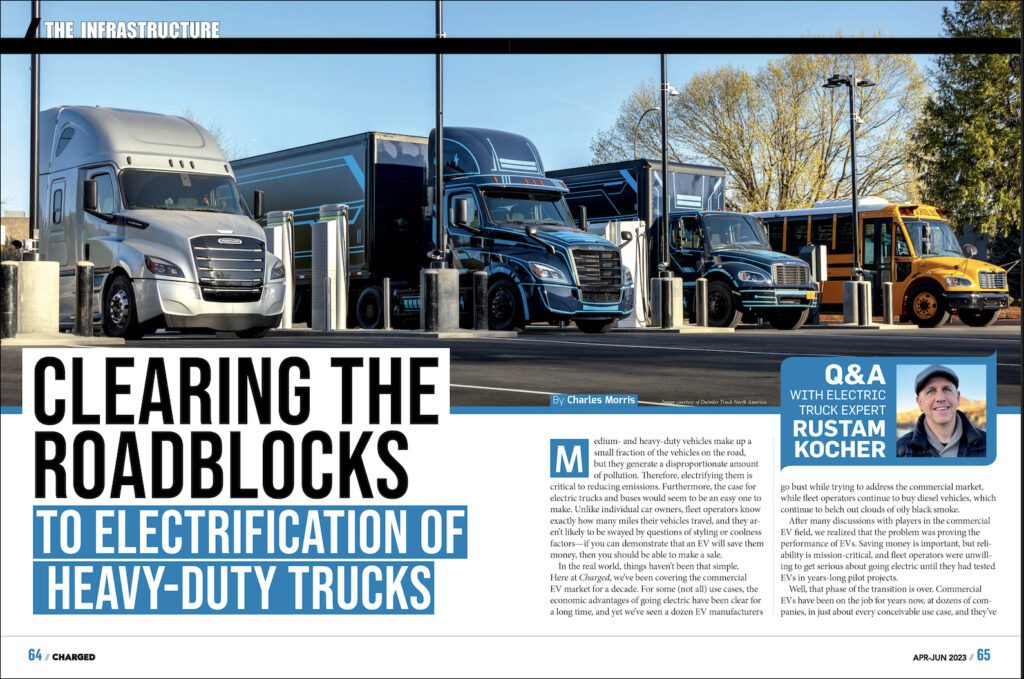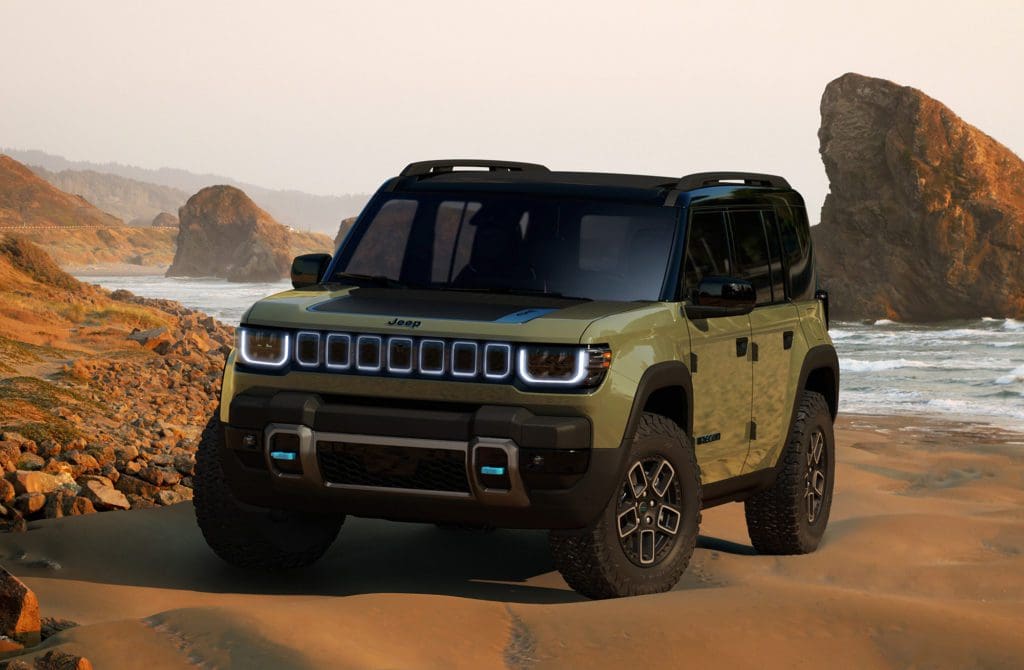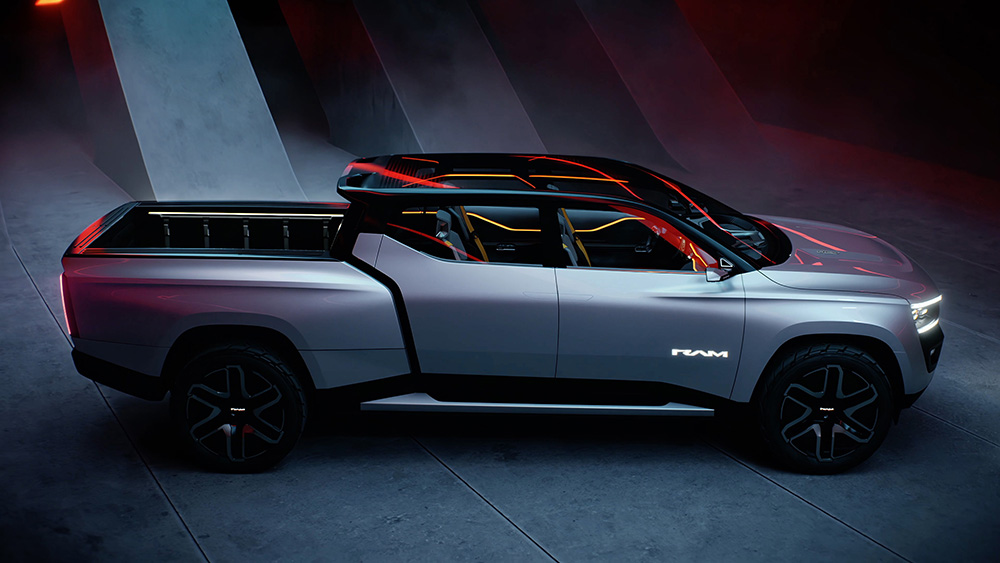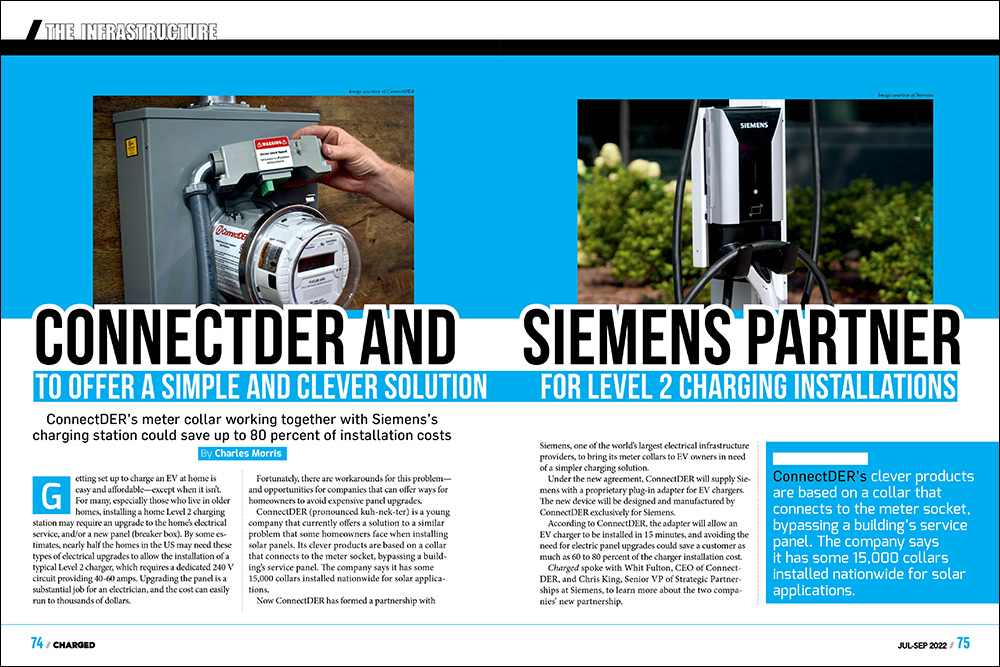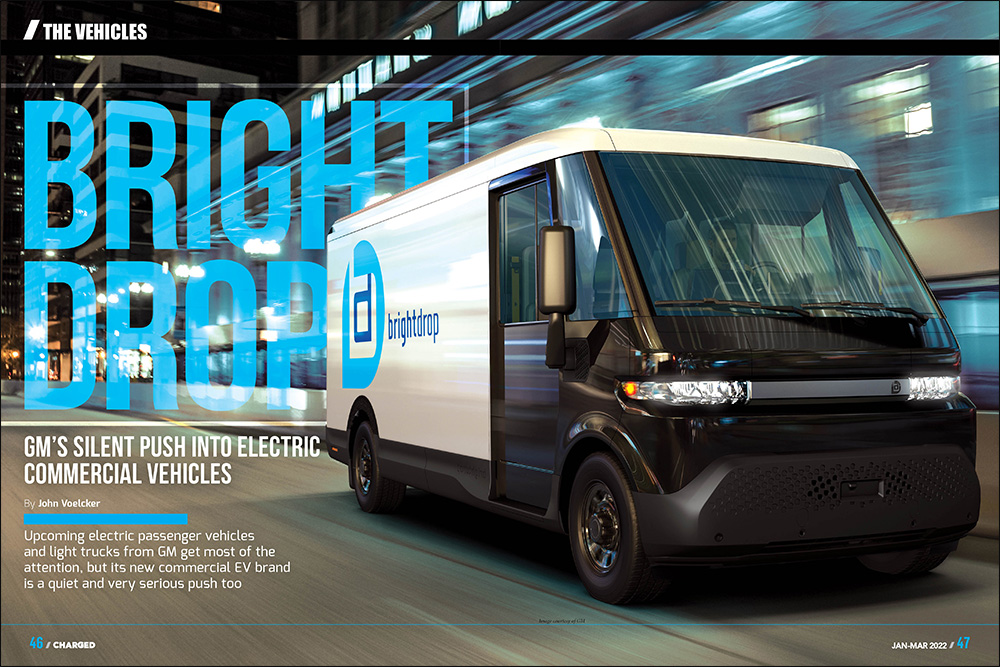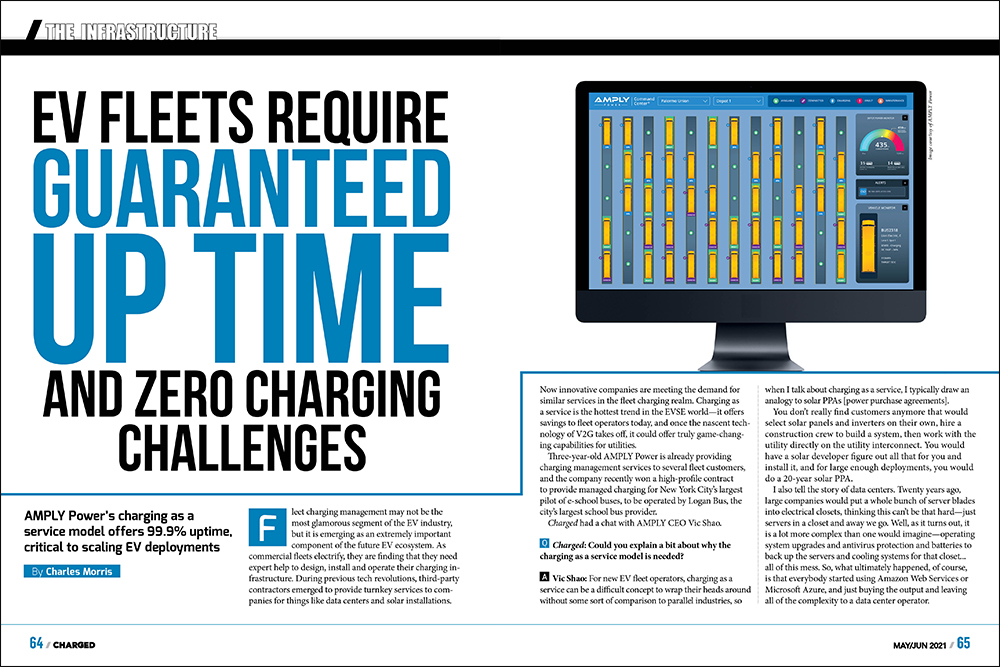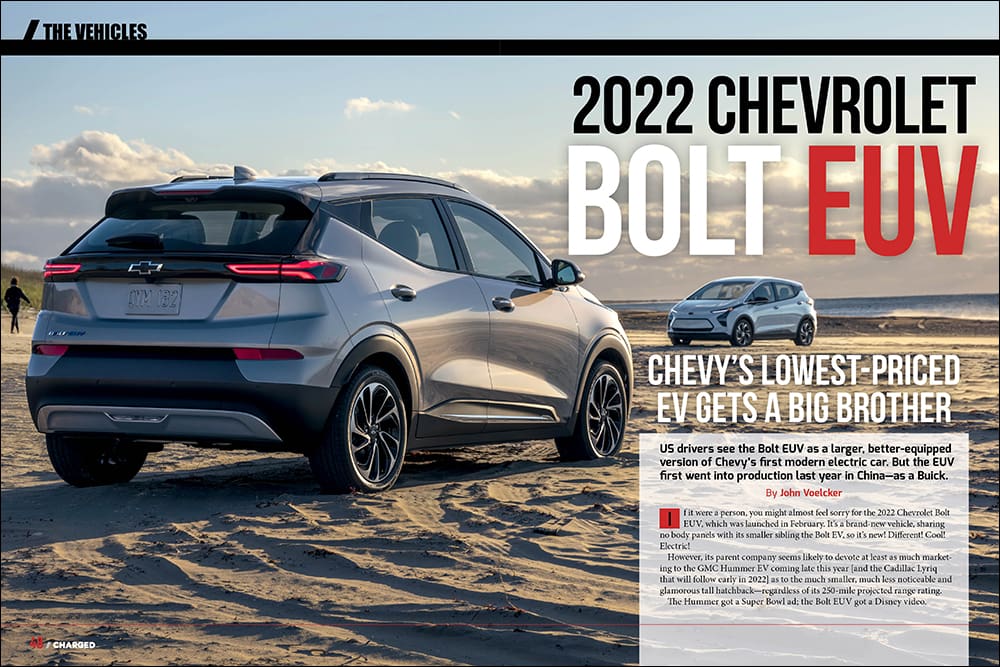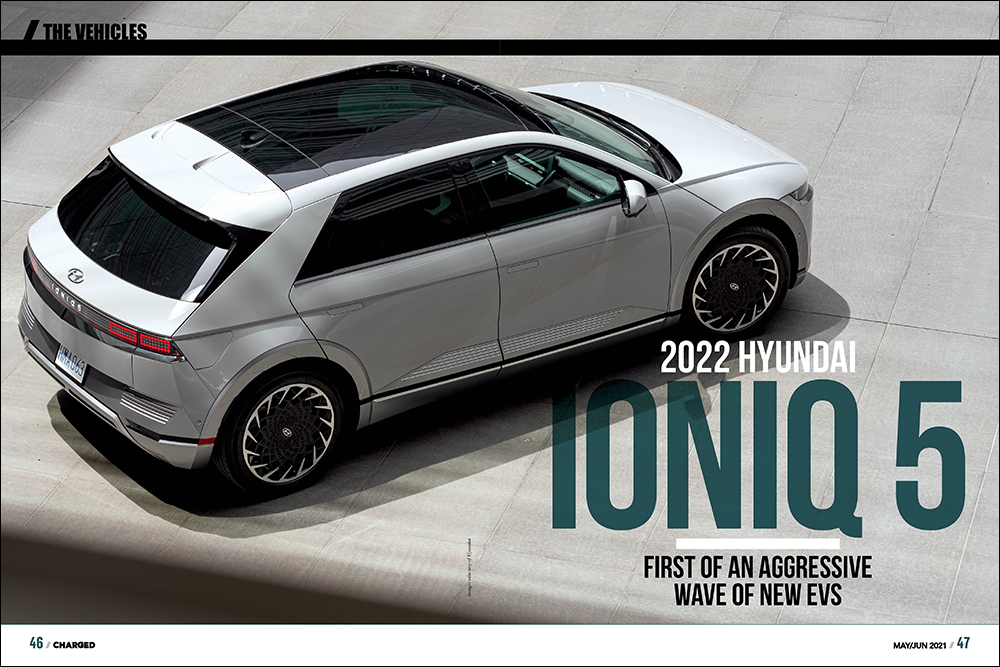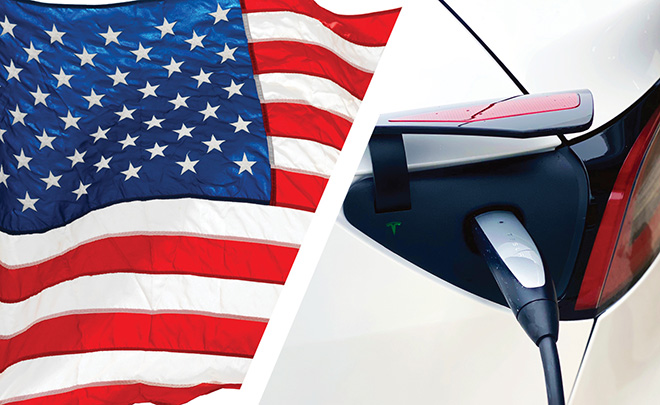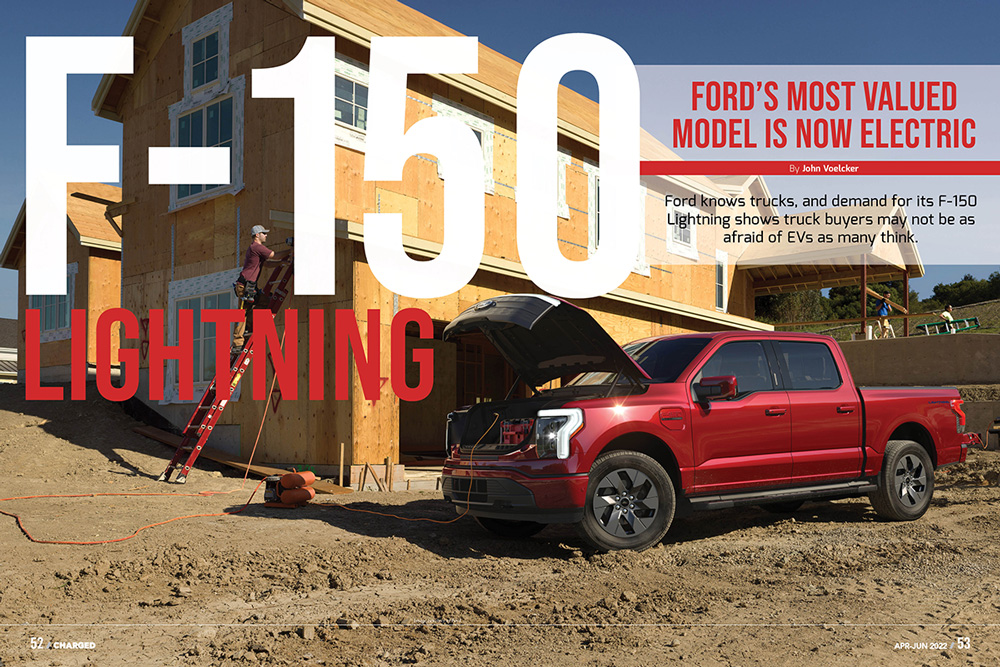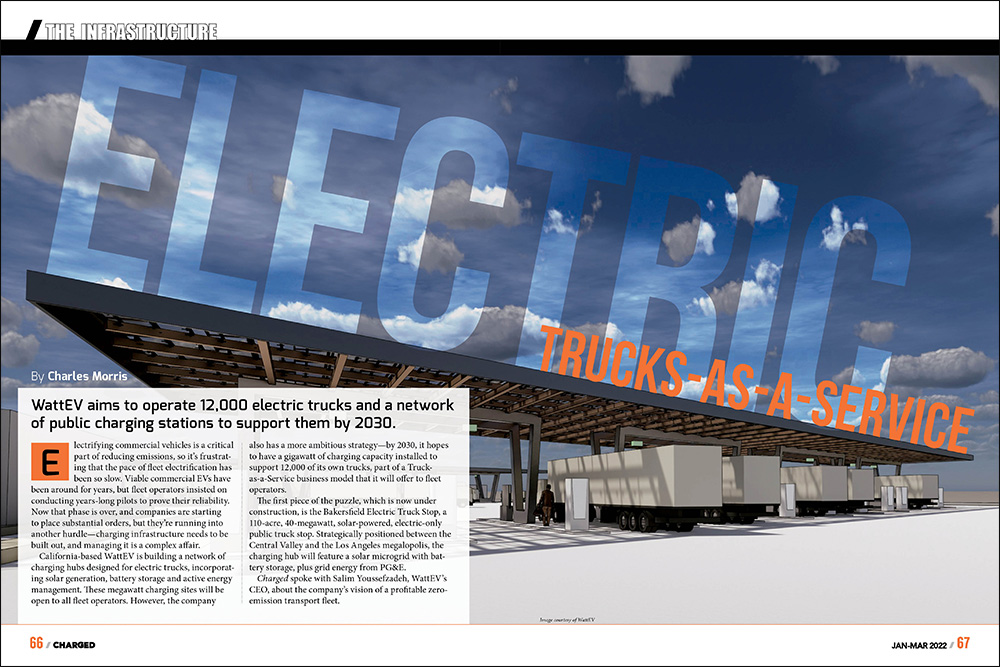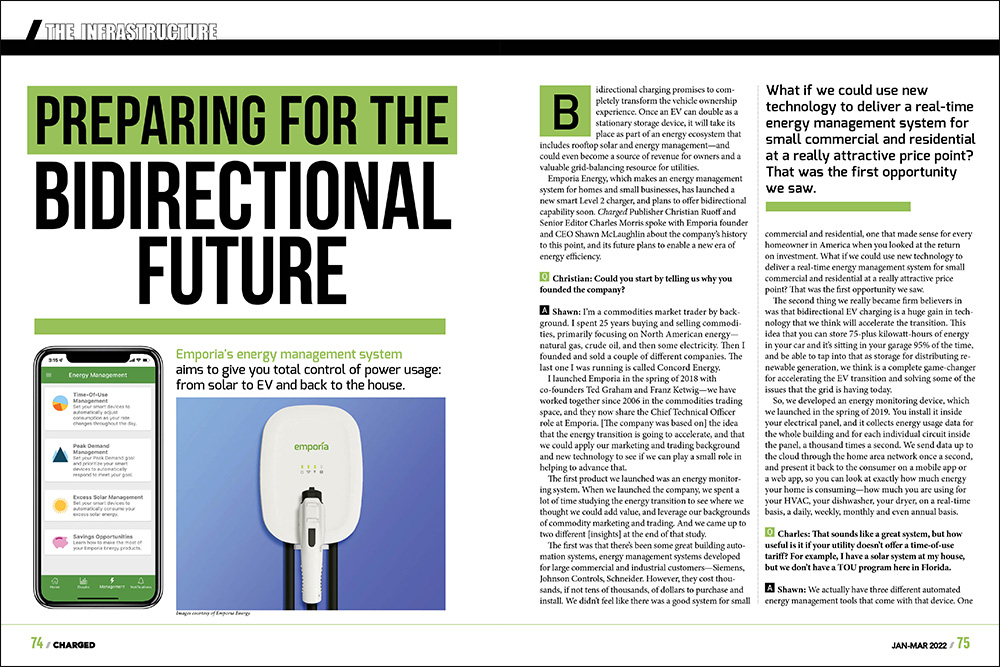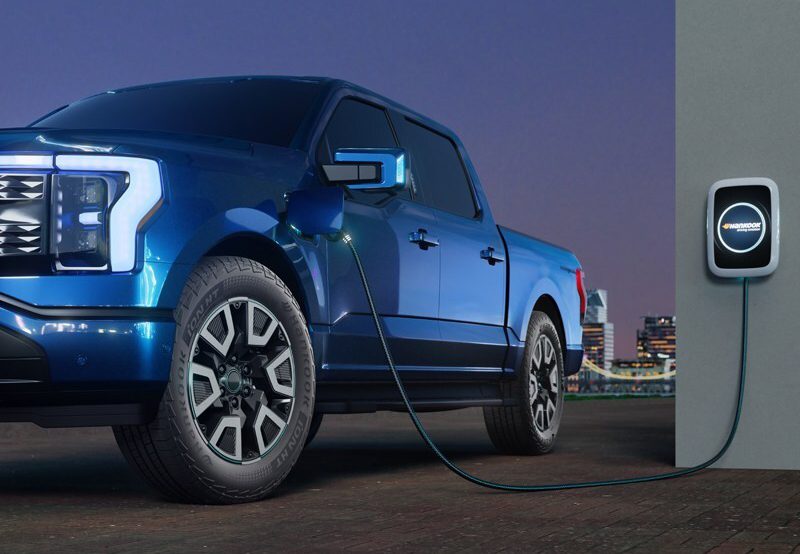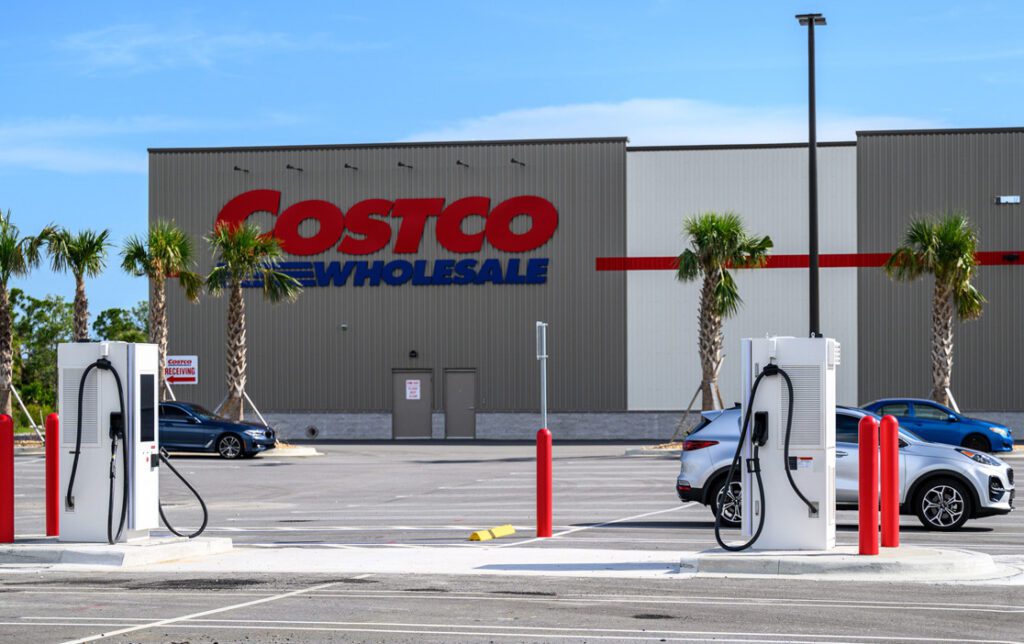WiTricity hopes to leverage a wireless energy transfer breakthrough out of MIT into a commercial solution with far-reaching potential
Inside a standard electrical transformer are two coils that transfer power wirelessly. They utilize the principle of magnetic induction, sending energy from a primary coil to a secondary coil without a direct electrical connection.
Inductive chargers, like those in electric toothbrushes, operate on this same principle. Alternating electrical current in one coil gives rise to an oscillating magnetic field around it. That field is contained in the “near field,” around the coil, which means it doesn’t propagate out like a radio signal. If you take two such coils and put them very close to each other, you can transfer energy between them using the magnetic field.

Typically, these systems require the coils to be the same size, in close proximity and carefully positioned to operate efficiently, which is why an electric toothbrush comes with a charging dock that keeps the coil in the toothbrush perfectly aligned to the charging coil in the cradle.
In the early 2000s, however, a team of physicists at the Massachusetts Institute of Technology (MIT), led by Professor Marin Soljačić, developed the theoretical basis for transferring power over longer distances using magnetic resonance. Their work centered on using a high degree of resonance to overcome the weak magnetic coupling that results when the coils are separated by distance, or aren’t perfectly aligned or matched in size.
Magnetic coupling coefficient
The magnetic coupling coefficient defines how well the magnetic flux of one coil is captured by the second coil. It is predominantly affected by three variables: the relative size of the coils with respect to each other, their alignment and the distance between them.
If you look at the example of a transformer – in which the coils are the same size, very close together and perfectly aligned – a magnetic coupling coefficient very close to one can be achieved. This means almost all the magnetic flux from one coil is coupled into the second.
If you move the coils apart, change the size of one or move one laterally with respect to the other, the coupling coefficient drops very rapidly, from something close to one to something close to zero, and the energy transfer efficiency goes down to an impractical level.
Resonance
A second property that determines the efficiency of wireless energy transfer is known as resonance. It’s a phenomenon that occurs in nature in many different forms, and in general involves energy oscillating between two modes.
In wireless power transfer systems designed by WiTricity, energy moves between two or more magnetic resonators – devices that store energy oscillating between a magnetic field around the device and an electric field inside the device, while incurring minimal losses. There are different loss mechanisms that engineers can reduce through careful design. These losses can arise from the electronic components, materials and wiring used in the system, and from certain types of objects that may be near the devices.
Shattering efficiency
One example of how resonance can enhance energy transfer is an opera singer performing in a room filled with identical wine glasses, each glass filled with a slightly different amount of wine.
When the singer hits the right note, one of the glasses starts vibrating, deforming and then shatters. This occurs because the wine glass is a resonator and the singer was coupling energy very effectively into that one glass at its resonant frequency.

The amount of wine in the glass affected its resonant frequency. Because the singer’s voice and that glass were tuned to the same note, only it absorbed enough energy from sound waves in the air to shatter – while the other glasses remained unharmed.
In this example, energy is transferred very efficiently between sound waves in the air and the mechanical vibrations of the glass, at the partially filled wine glass’ resonant frequency.
MIT
Since Michael Faraday discovered the principle of magnetic induction in 1831, engineers have developed inductive energy transfer systems with high coupling coefficients – carefully aligning coils that are well-matched in size with minimal distance between them.
That is, until the 21st century, when a team of physicists from MIT set out to develop a way to transfer power efficiently over mid-range distances with less dependence on alignment and matching of coil sizes.
 The idea was to use highly resonant devices to overcome weak magnetic coupling, enabling efficient energy transfer over distance even at low coupling levels. The devices are carefully tuned to resonate at the same frequency, and the designs seek to make the systems as lossless as possible.
The idea was to use highly resonant devices to overcome weak magnetic coupling, enabling efficient energy transfer over distance even at low coupling levels. The devices are carefully tuned to resonate at the same frequency, and the designs seek to make the systems as lossless as possible.
In other words, the scientists demonstrated, through their new techniques, that energy could be transferred very efficiently over a larger distance, with misaligned and mismatched-sized coils. That had never been seen before – and is proving to have enormous practical applications in many fields.
They refer to the technique as Highly Resonant Wireless Power Transfer (HR-WPT), and in 2007, the team published experimental results that proved the validity of their earlier theoretical predictions. That same year, the group from MIT formed WiTricity to commercialize the new technology as the exclusive licensee of the intellectual property. WiTricity is currently working in five vertical markets, including consumer electronics, medical devices, industrial equipment, military applications and (our favorite) automotive.

 Technological edge
Technological edge
The realm of wireless EV charging is currently seeing a flurry of activity. In the January/February 2013 issue of Charged, we discussed a host of companies working on systems for automotive applications in the article “What’s Up With Wireless.” Among them are systems that use various techniques of wireless energy transfer technology.
WiTricity believes it’s well positioned in the space because of the key attributes of its HR-WPT technology.
David Schatz, VP of sales and business development, told Charged that other wireless systems that use traditional magnetic induction “will need to be much larger and heavier, or be much closer to the ground to achieve a similar power level and efficiency as an HR-WPT system. Neither of which the car companies like. They don’t want big heavy things on the car, and they need to have a good ground clearance between the car and a charging source on the ground. We deliver devices that are about 25 by 25 cm and are designed to work over a distance of 10-15 cm, compared to an inductive device of about 80 cm in diameter for the same power level and ground clearance. We know of no way to exchange energy using the magnetic near field at high efficiencies over these distances with devices that are that small, other than with HR-WPT.”
In early prototypes and demo vehicles, wireless car charging systems have proven to be only slightly less efficient than typical conductive charging. If you just look at transferring the energy from the pad that’s on the ground to the pad attached to the bottom of the car, that efficiency is between 95 and 98 percent. Add to that another 5 or 6 percent loss from the power electronics, and the most efficient wireless systems are around 90 percent efficient end to end.
For a very good conductive charging system, the efficiency is around 95 percent end to end. Because the wire itself is very efficient, most of those losses come from the electronics. However, over time the connectors wear and oxidize, which reduces efficiency a little more.
Schatz said that the OEMs are interested in developing residential systems for the first generation of wirelessly charged vehicles at a power level of 3.3 kW. He thinks we’ll see the first vehicles with wireless charging capabilities, deployed as original equipment by a carmaker, on the roads somewhere around 2016.
By that time, the additional cost of a wireless system is expected to be marginal. The electronics requirements are very similar to that of conductive charging. With careful design, a vehicle could share the cost of many of the components needed for wired and wireless charging. Then, the vehicles would only need the addition of a wireless power receiver (in the case of HR-WPT, this is called a “capture resonator”). At high volume, it should be a very inexpensive option, and in some cases it might even be provided on every vehicle. Customers could then decide if they want to buy a wireless or wired charger for their home, office, and so on.
The road ahead
Going forward, WiTricity will remain a technology development, technology transfer and IP licensing firm.
“We do reference designs, prototypes and research. Then we license the IP to other companies to actually make things,” said Schatz. The company has announced a number of partnerships already, including two tier-one partners: Delphi and IHI, and three automakers: Toyota, Mitsubishi and Audi, which have all publicly shown prototype systems that use HR-WPT.
 The biggest challenge for wireless car charging is that it’s a new technology in an old industry. Automotive has a very high hurdle for validation and integration.
The biggest challenge for wireless car charging is that it’s a new technology in an old industry. Automotive has a very high hurdle for validation and integration.
“All of the technical risk elements – Is it efficient enough? Is it safe for people? Does it comply with regulations for electromagnetic radiation? – those items are either completely checked off or nearly checked off the list,” said Schatz. “What remains is industrialization and integration, which is under way.”
There are also standards gaps that are starting to take shape and will hopefully be filled in sooner rather than later. The car charging industry has a bad taste in its mouth after the conductive charging standards debacle, which cost the carmakers a bundle of money and needless worry. WiTricity is active in the wireless standards discussion and reports that “the community is working very hard to come up with international standards so we can build the same kind of components that will work all over the world.” According to Schatz, “the standards organizations are doing a good job collaborating, and we’re optimistic that we’ll see initial guidelines published by the end of this year.”
It is possible that the carmakers will adopt different wireless charging technologies. Although they are watching each other pretty closely, interoperability could be an issue if “my car won’t charge on your wireless charging pad.”
However, the first use-case, or application, for wireless charging that the OEMs will target is residential. You’ll buy a car from the dealer with a wireless charging mat in the trunk, go home, put the mat down on your garage floor and plug it in – with little opportunity to use charging systems from other manufacturers. So, while it’s possible that in the very first generation not all systems will work together, it might not be an issue for consumers.
The initial set of guidelines will probably only define international standards for safety and performance, and may not fully define interoperability. The theory is that because the technology is so young, there needs to be some room for innovation.
However, before any sort of public charging infrastructure takes hold, there will certainly need to be interoperability standards that define communications, electromagnetic properties, frequency, the nature of the resonator, etc. Both Schatz and WiTricity hope those definitions lean towards HR-WPT technology. Depending on which automaker debuts what technology, they just might. In the end, however, it’s possible that a few different wireless charging topologies may take hold.
This article originally appeared in Charged Issue 9 – AUG 2013






